Vacuum sealing is an excellent method for preserving the freshness and quality of meats. While you may be tempted to toss your meats in the freezer with ordinary food storage methods, this can negatively affect taste and texture—and drastically reduce food shelf-life. Instead, vacuum-sealing meat can extend shelf life by preventing exposure to air. It removes air, which helps slow down the growth of bacteria and fungi, effectively extending the shelf life of your food. But how long does vacuum-sealed meat last?
We'll explore how long you can save and seal your favorite prime cuts and how to preserve meats so they stay appetizing for longer.
What is Vacuum Packing?
Vacuum packing is a method of packaging that removes air from a food storage bag or container before sealing it, creating a vacuum environment.
Vacuum packing is commonly used in both home kitchens and commercial food storage, often with vacuum sealers. It’s especially useful for storing meats, vegetables, grains, and snacks, as well as for sous-vide cooking, where food is cooked in a vacuum-sealed bag in water at a precise temperature.

Benefits of Vacuum Sealing Meat
The main benefits of vacuum packing include:
- Extended shelf life
- Prevention of freezer burn
- Space-saving
- Preservation of flavor and nutrients
It’s a versatile and efficient way to preserve food, reduce waste, and save time!
Shop Ciarra Vacuum Seal Bags for Food
How to Vacuum Seal Meat?
To vacuum seal meat:
Prepare the meat: Trim any excess fat and portion the meat into manageable sizes.
Place in a vacuum sealer bag: Put the meat inside the bag, leaving enough space at the top for sealing. Make sure you select vacuum seal bags and roll sizes large enough to contain your portions. Ciarra bags come in 2 sizes from large to smaller dimensions to accommodate your cuts.
Seal the bag: Use a vacuum sealer to remove the air and seal the bag tightly.
Store: Place the vacuum-sealed meat in the fridge or freezer for long-term storage. Label the bags with the type of meat and the date of sealing.

How Long Does Vacuum Sealed Meat Last?
Raw meat, when vacuum-sealed, can last much longer than it would in its regular packaging.
In the refrigerator: Vacuum-sealed meat can last up to 1-2 weeks depending on the type of meat and storage conditions.
In the freezer: Vacuum-sealed meat can last 6 months to 3 years. Freezing meat in a vacuum-sealed bag helps prevent freezer burn and preserve its quality.

For the best results, always store vacuum-sealed meat at the appropriate temperature and ensure the seal is airtight.
Shelf Life of Vacuum Sealed Meat
Here’s a general guideline for different types of meat:
1. Vacuum-Sealed Raw Meat
-
Beef: 1 to 3 years in the freezer, up to 2 weeks in the fridge
-
Pork: 6 months to 1 year in the freezer, 1 week in the fridge
-
Chicken: 1 to 2 years in the freezer, up to 1 week in the fridge
-
Lamb: 6 months to 1 year in the freezer, up to 2 weeks in the fridge
-
Fish (like salmon, cod, or tuna): 1 to 2 years in the freezer, 1-2 days in the fridge
2. Vacuum-Sealed Cooked Meat
When you vacuum seal cooked meat, it has a different shelf life than raw meat, as the cooking process kills bacteria, which helps preserve it longer.
-
Cooked beef, pork, or lamb: 2 to 3 weeks in the fridge, 1 to 3 months in the freezer
-
Cooked chicken: 1 to 2 weeks in the fridge, up to 3 months in the freezer
- Cooked fish: 1 week in the fridge, 1 to 2 months in the freezer
How to Tell If Vacuum Sealed Meat is Bad
To tell if vacuum-sealed meat has gone bad, check the following signs:
- Smell: The most obvious sign of spoiled meat is a bad or sour smell. Any off-putting or foul odor indicates that the meat is no longer safe to eat.
- Color: Fresh meat is typically red or pink (for beef, lamb, or pork) or pale (for poultry). If the meat has turned gray, green, or brown, it could be a sign of spoilage, although slight color changes can also occur with freezing.
- Texture: If the meat feels slimy, sticky, or tacky to the touch, it’s likely spoiled.
- Seal Integrity: Check the vacuum seal. If the bag is leaking air or looks puffed up, bacteria or oxygen may have entered, which can lead to spoilage.
- Expiration Date: Always check the packaging for any expiration date or storage instructions. If the meat has been stored beyond its recommended time frame, it may not be safe to consume.
How to Defrost Vacuum Sealed Meat?
To defrost vacuum-sealed meat safely, follow these methods:
Refrigerator Method:
Place the vacuum-sealed meat in the refrigerator for 24 hours or until completely thawed. This method is the safest and helps maintain the meat's quality.
Cold Water Method:
Keep the vacuum-sealed meat in its packaging and submerge it in cold water. Change the water every 30 minutes to ensure it stays cold. It usually takes 1-2 hours to thaw, depending on the size of the meat.

Can You Defrost Vacuum Sealed Meat in Microwave?
Yes, you can defrost vacuum-sealed meat in the microwave, but it’s important to do so carefully to avoid cooking the meat.
Remove the vacuum-sealed bag if it’s not microwave-safe and place the meat on a microwave-safe plate. Be cautious, as this method can start cooking the meat if not monitored closely.
Avoid defrosting meat at room temperature, as this can promote bacterial growth. Always cook the meat immediately after thawing using the microwave method.
Do You Have to Use Special Bags with a Vacuum Sealer?
Yes, you do need to use special bags with a vacuum sealer, as they are designed to work with the vacuum sealing process, providing an airtight seal to preserve food. Using non-compatible bags can result in poor sealing and reduced effectiveness.
I recommend Ciarra Gadgets Vacuum Sealer Bags. These bags are BPA-free, reusable, and perfect for versatile food storage. The pack includes 200 bags (5.9" x 9.8") and is ideal for:
- Food storage in the fridge or freezer
- Sous vide cooking
- Microwave heating for convenient meal prep

Does it Matter What Vacuum Bag You Use?
Yes, it does matter what vacuum bag you use. The type of bag you choose affects the sealing performance, food preservation, and overall quality of the vacuum sealing process.
Material: Vacuum bags are made from durable, food-safe materials that can withstand the vacuum sealing process and freezing. Bags designed specifically for vacuum sealing are usually made from thick, puncture-resistant material to prevent air from seeping in.
BPA-Free: Many high-quality vacuum bags, like Ciarra Gadgets Vacuum Sealer Bags, are BPA-free, ensuring that no harmful chemicals leach into your food during storage or cooking.
So, choosing the right vacuum bags, like the Ciarra Gadgets Vacuum Sealer Bags, will enhance the longevity and quality of your food storage, especially for cooking methods like sous vide or microwave heating!
Best Way to Freeze Meat without Vacuum Sealer
Wrap the meat tightly in plastic wrap, ensuring it's fully covered with no air gaps. This helps prevent freezer burn. For added protection, wrap the plastic-wrapped meat in aluminum foil. This extra layer helps maintain freshness. You can also use freezer paper, which is specifically designed for freezer storage, and wrap the meat tightly.
After wrapping, place the meat in freezer bags. Try to remove as much air as possible before sealing the bag. You can use a straw to suck out excess air if you don’t have a vacuum sealer.
Label the bag with the date and type of meat so you can keep track of its storage time.
FAQs
Is Vacuum-sealed Meat Good for 3 Years?
Vacuum-sealed meat can last for up to 3 years if stored properly in the freezer. The vacuum sealing process removes air, which helps to prevent freezer burn and preserve the meat's quality for an extended period. For best results, it's ideal to use vacuum-sealed meat within 1-2 years to maintain its optimal quality.
Can Bacteria Grow in Vacuum-sealed Meat?
Yes, bacteria can still grow in vacuum-sealed meat, but the absence of oxygen slows down their growth significantly. While vacuum sealing reduces the growth of aerobic bacteria (which need oxygen), anaerobic bacteria, such as Clostridium botulinum (which causes botulism), can still grow in low-oxygen environments, like in vacuum-sealed packages.
Final Thoughts
Vacuum sealing is one of the best ways to preserve the freshness and quality of your meats, whether raw or cooked. By following proper storage guidelines and keeping a close eye on the condition of your vacuum-sealed bags, you can enjoy your meats for months or even years, depending on the type of meat and storage conditions. Always remember that even vacuum-sealed meat has its limits, and it’s important to prioritize safety by checking for signs of spoilage before consuming.
So next time you buy meat in bulk or want to preserve leftovers, vacuum sealing is a great option that can save you money and reduce food waste—just make sure to store it right!
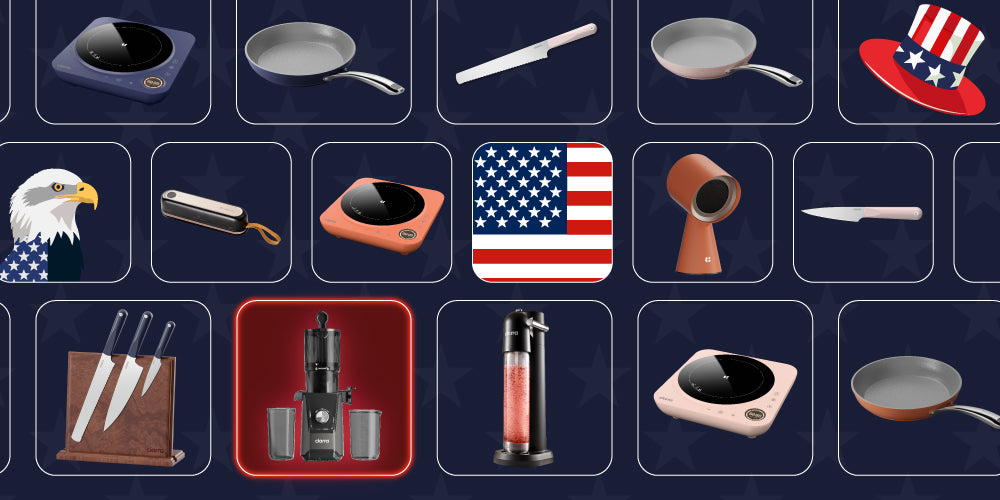
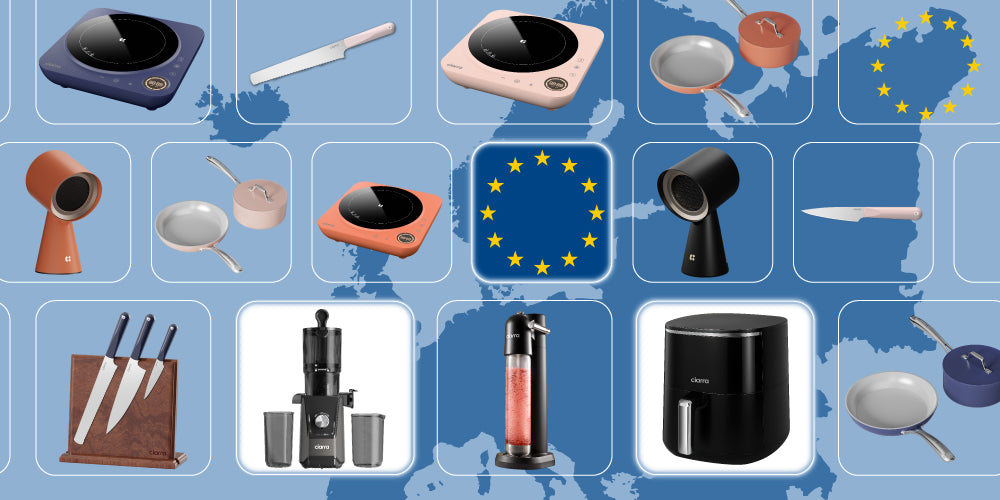
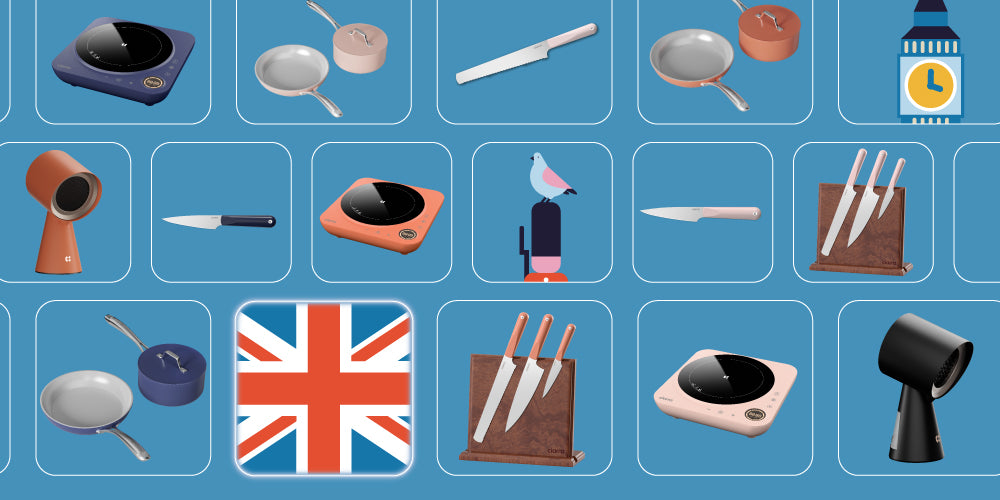
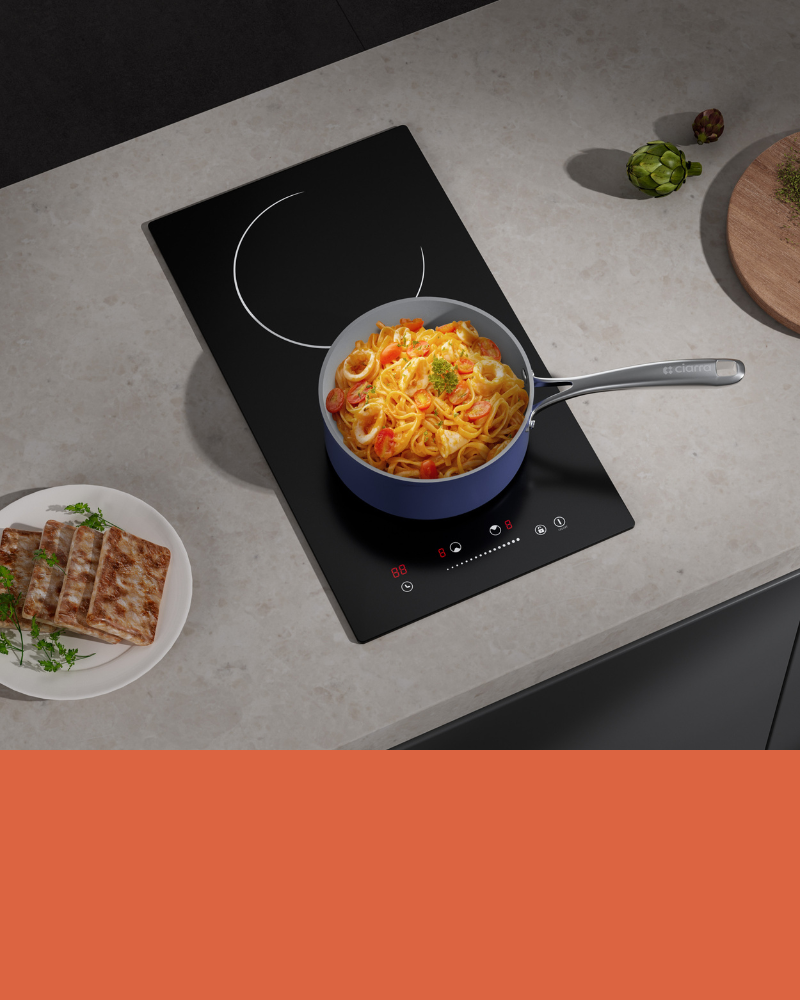
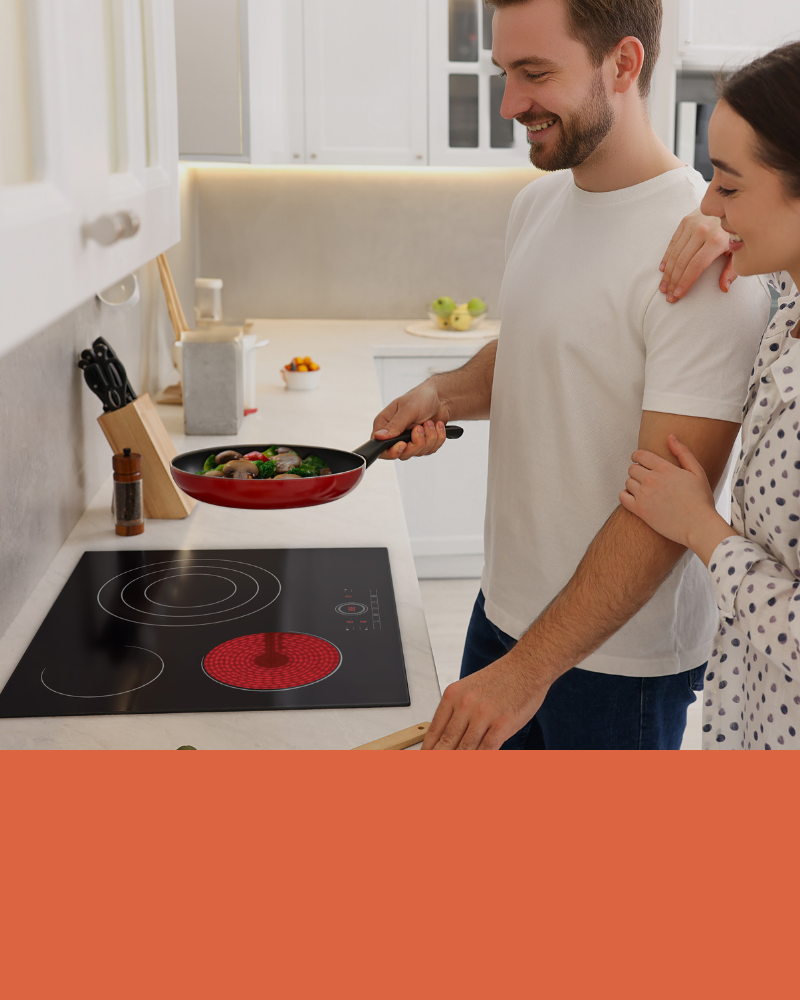

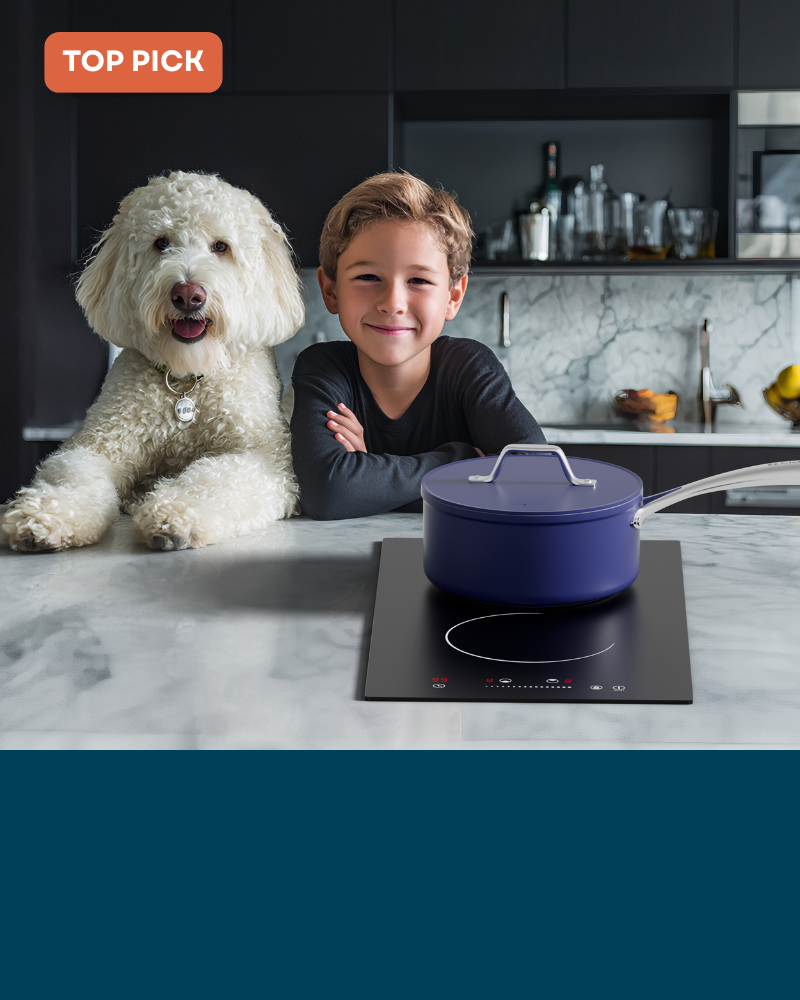
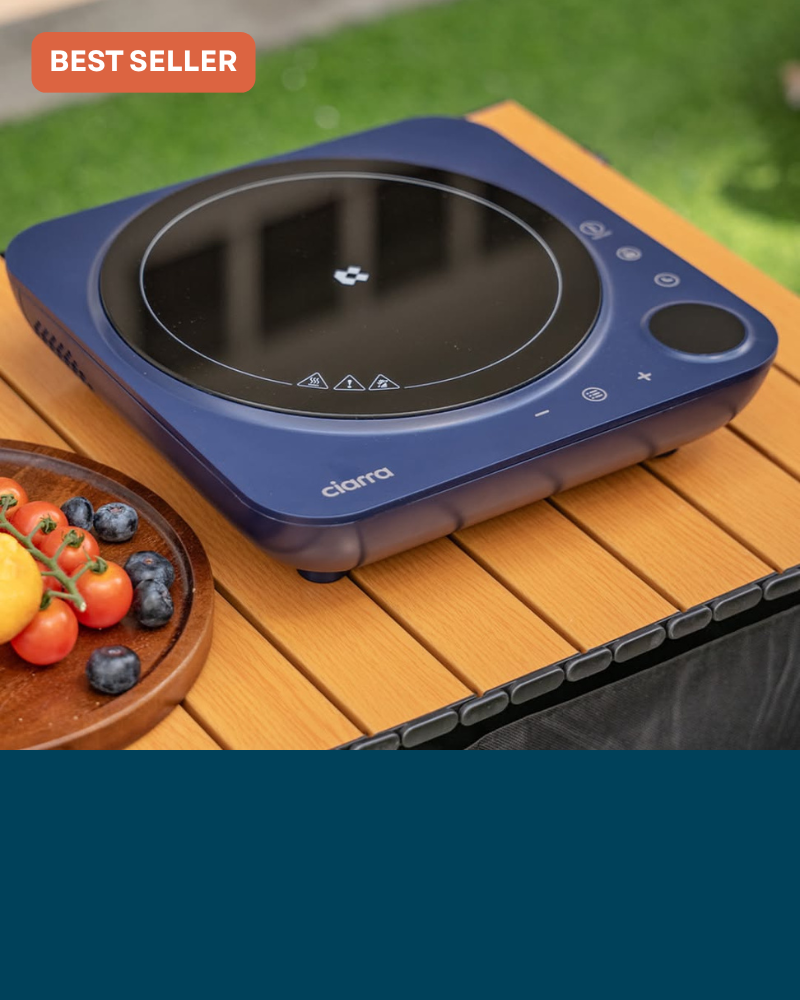
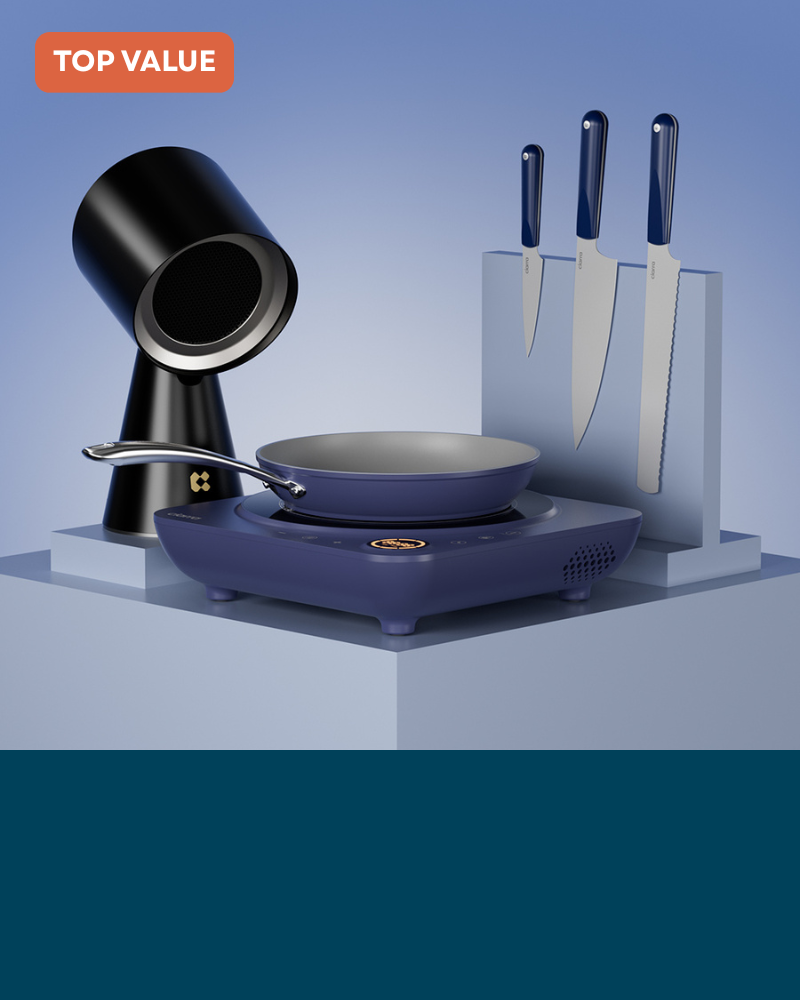
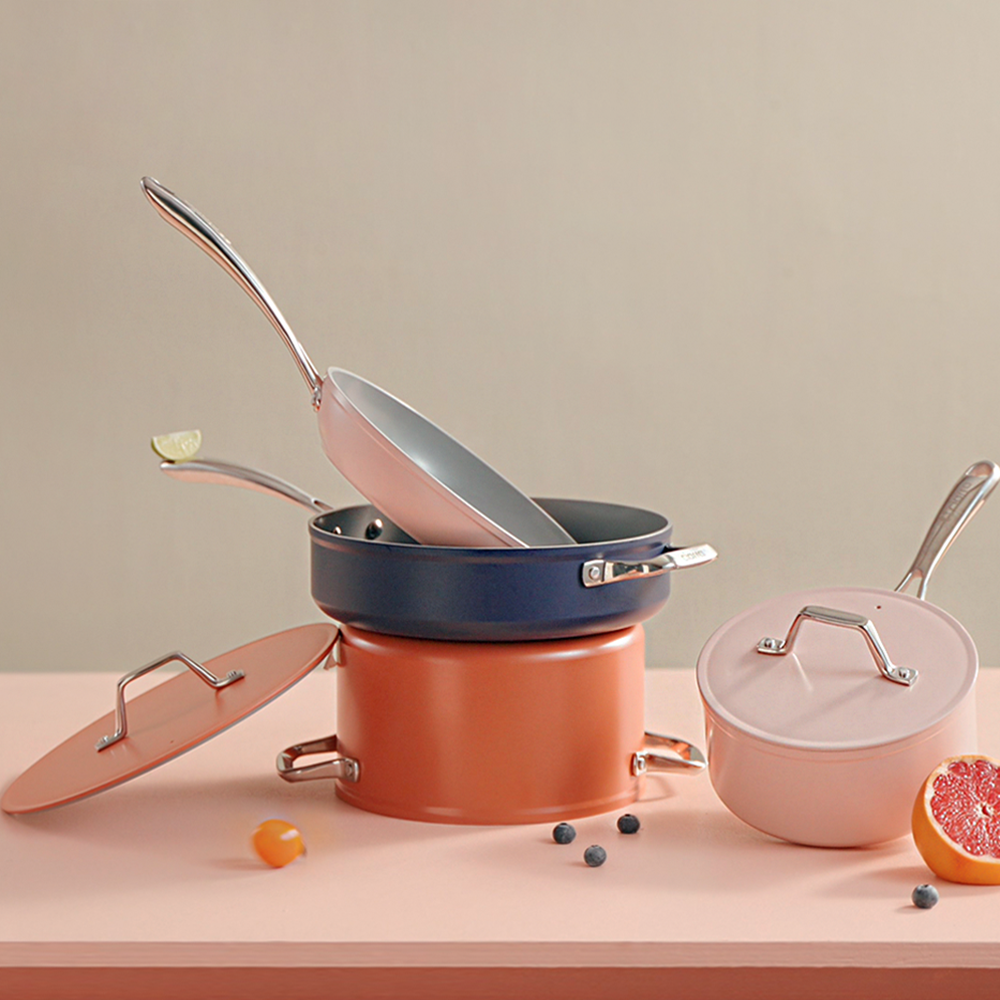
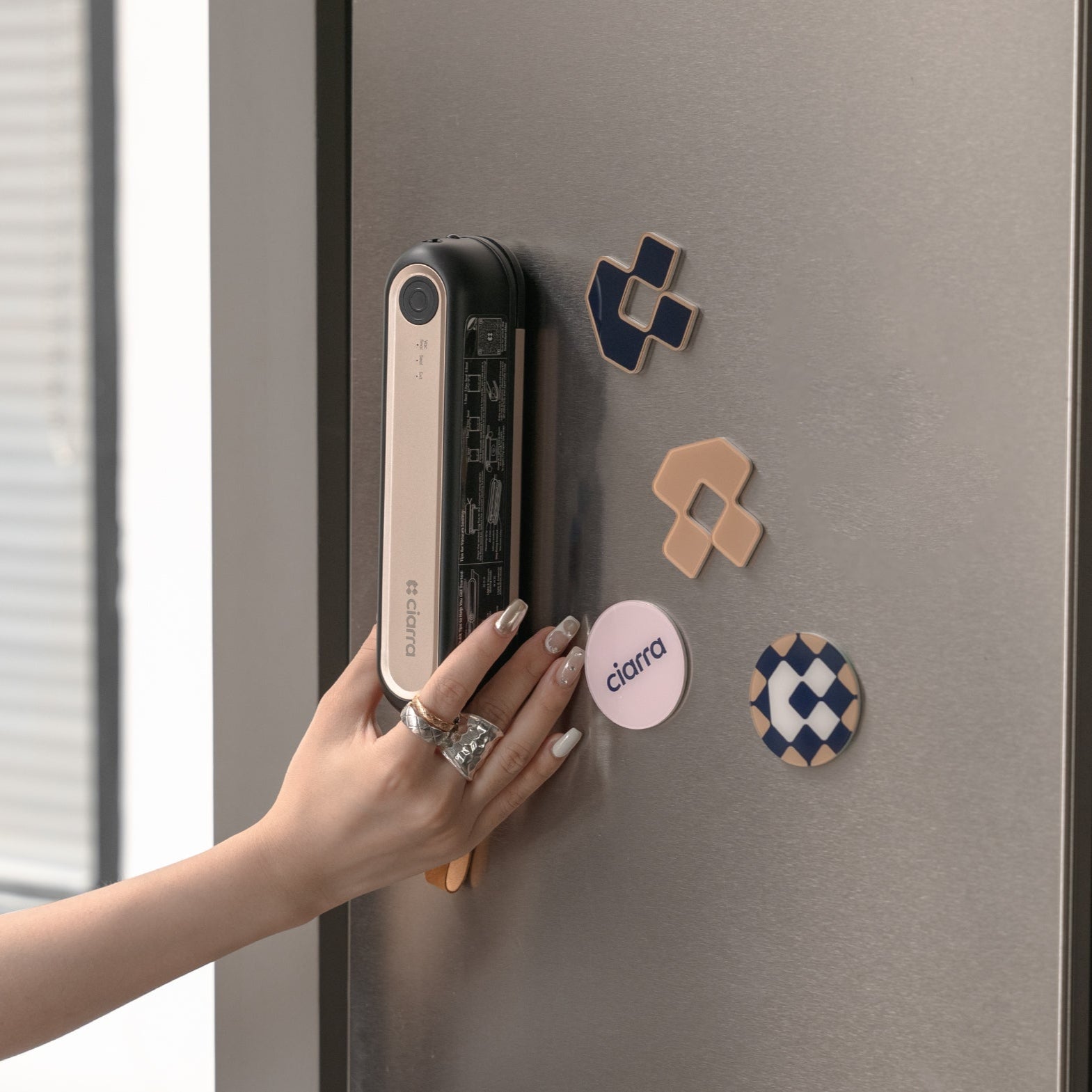
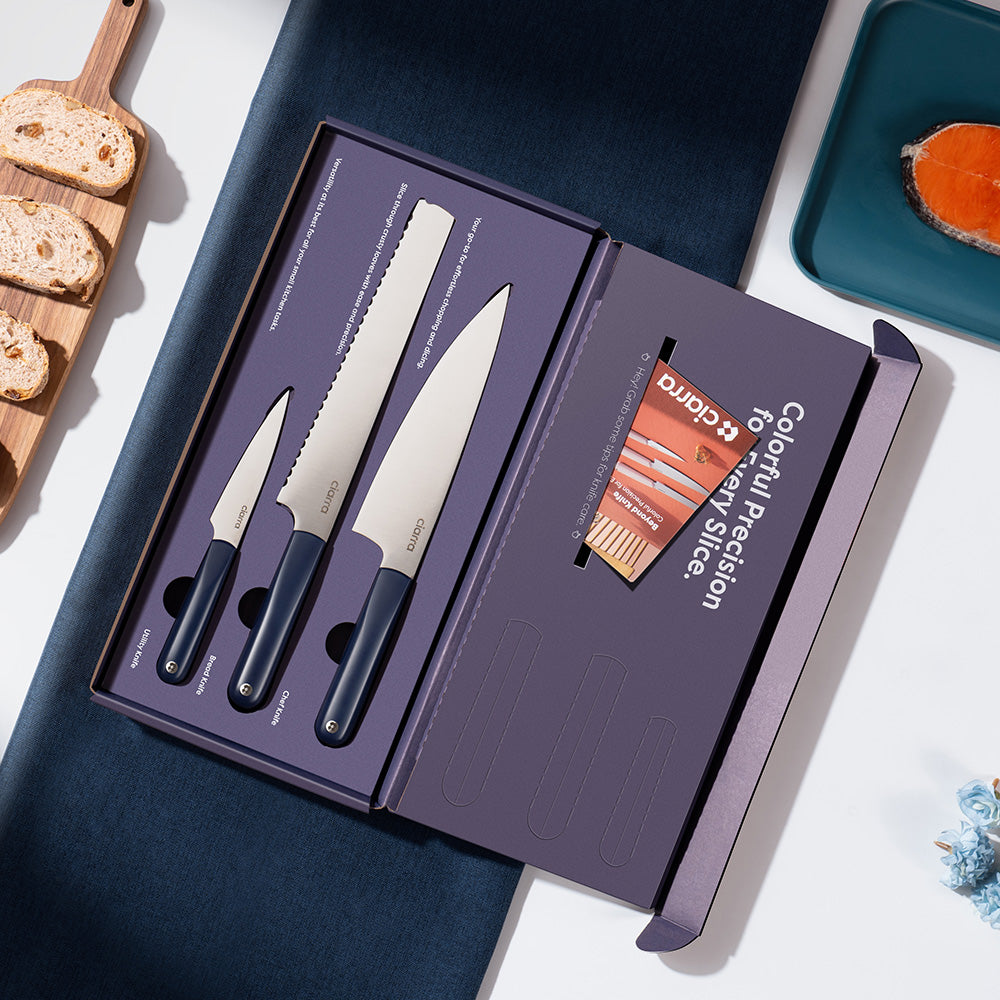

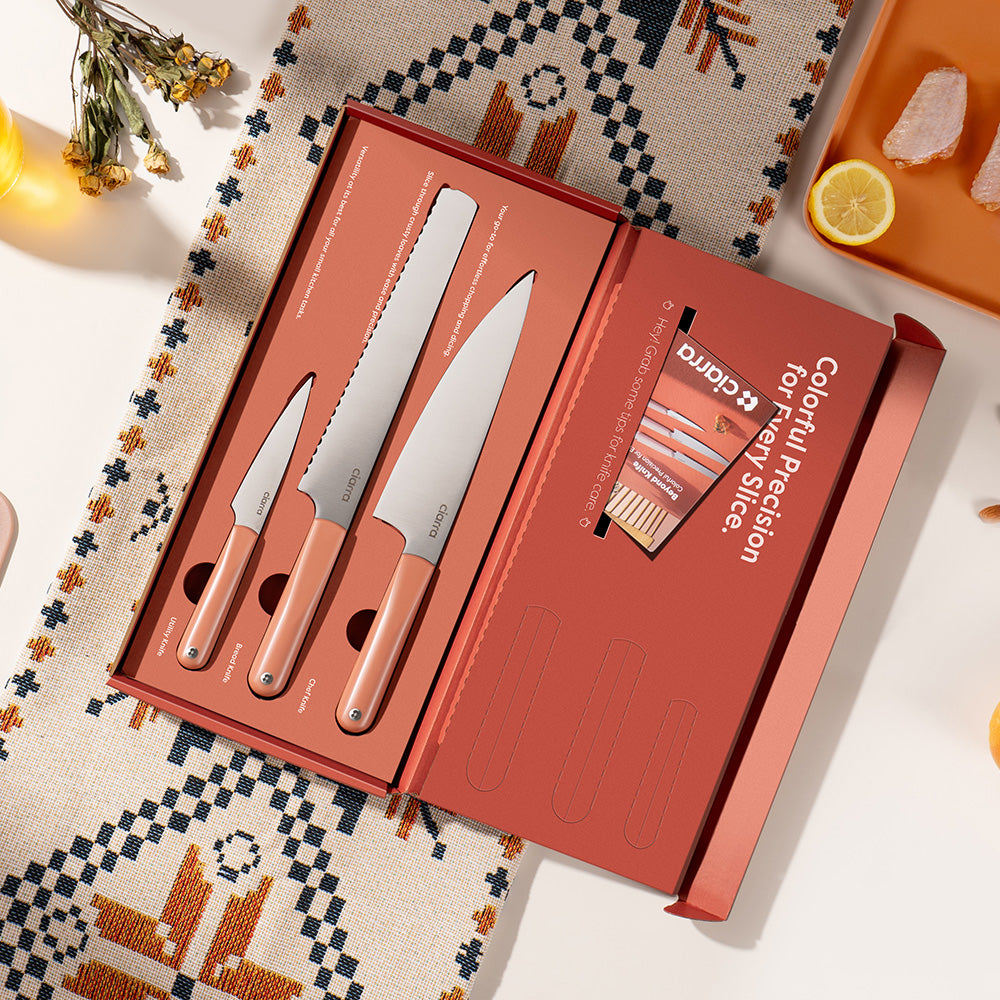
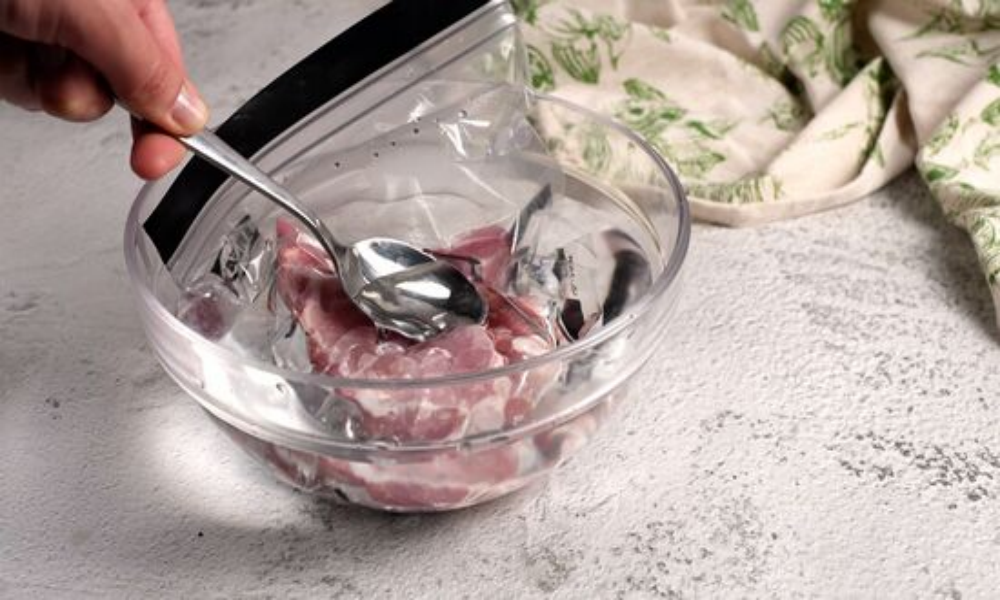
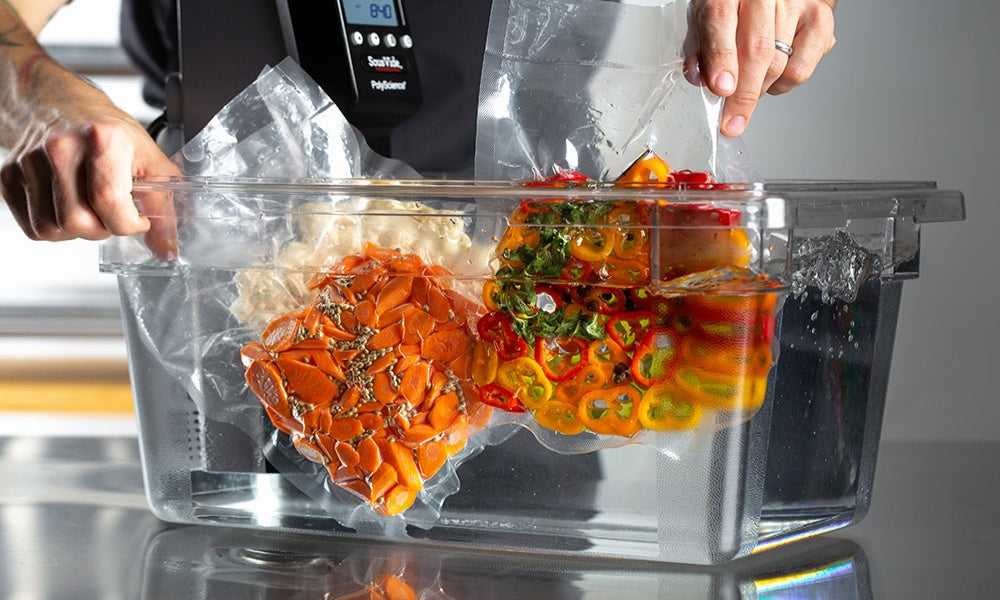
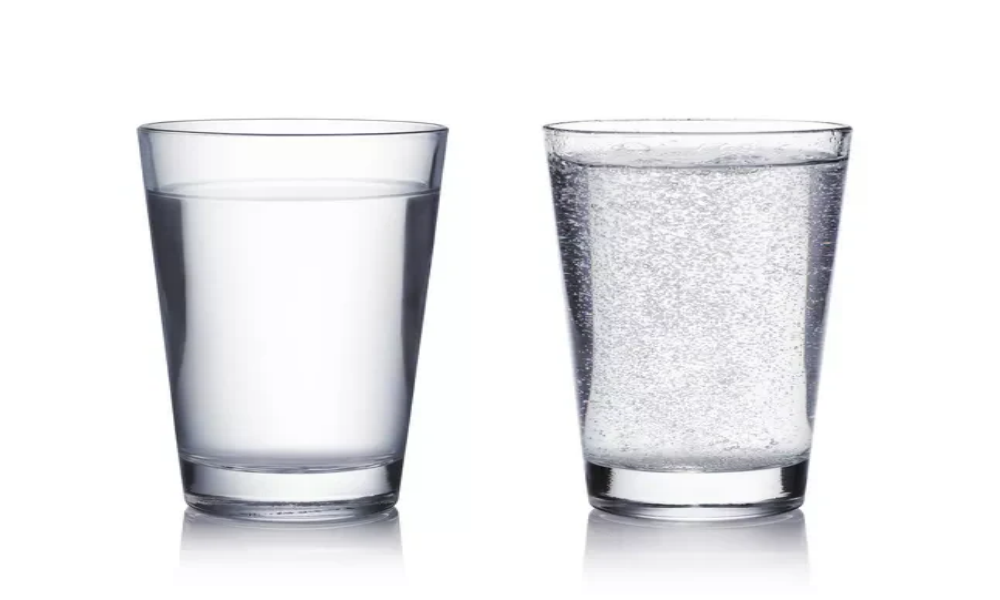
Leave a comment
All comments are moderated before being published.
This site is protected by hCaptcha and the hCaptcha Privacy Policy and Terms of Service apply.